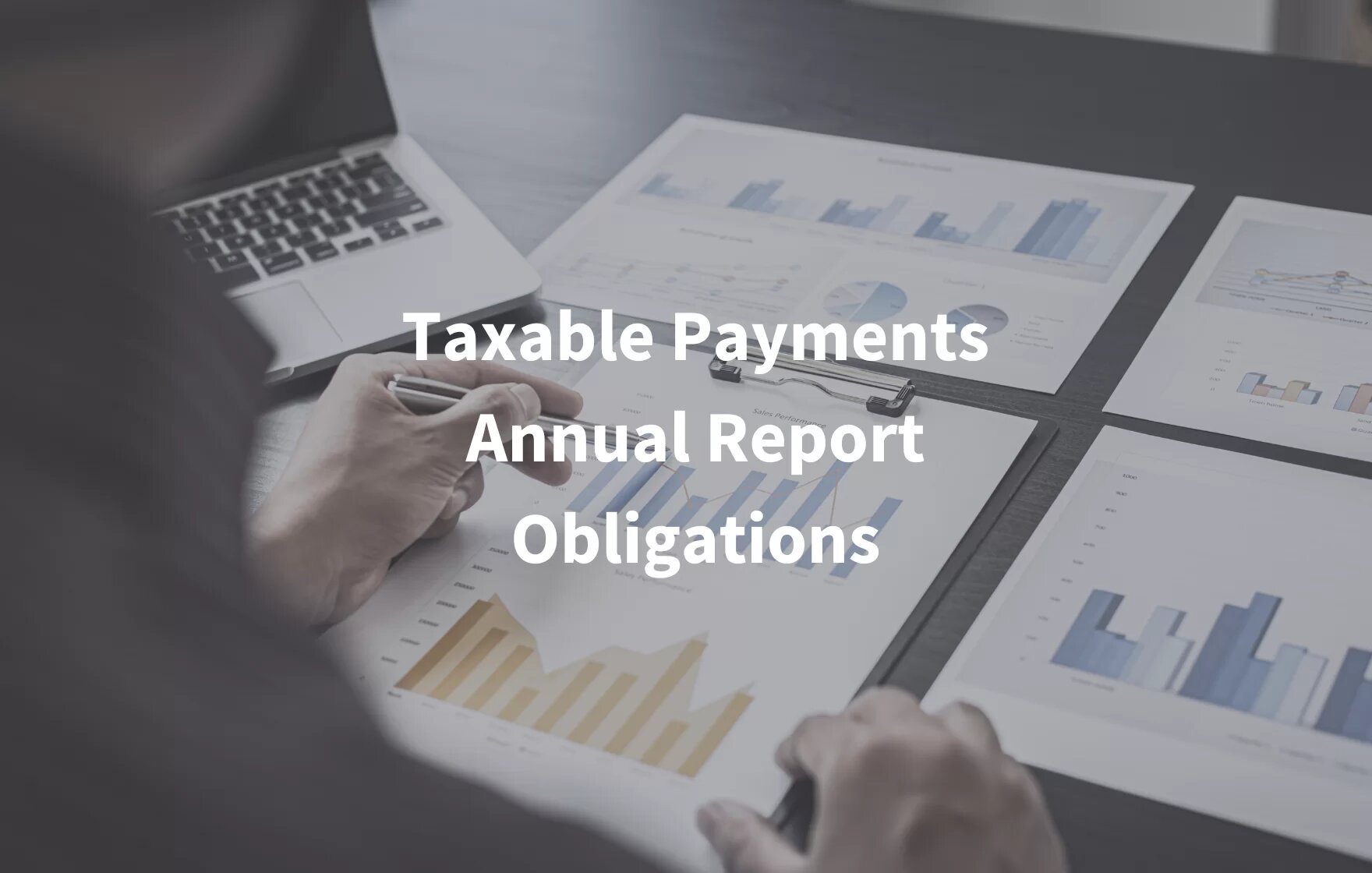Introduction
Taxable Payments Annual Reporting (TPAR) is a crucial compliance requirement for businesses that deal with certain types of payments. This guide provides a detailed overview of TPAR, including its purpose, the reporting process, and best practices for ensuring accuracy and compliance. Whether you’re new to TPAR or looking to refine your reporting practices, this comprehensive guide will help you navigate the complexities of annual reporting with confidence.
1. Understanding Taxable Payments Annual Reporting
Taxable Payments Annual Reporting is designed to ensure that businesses report payments made to contractors and other service providers for certain types of work. This reporting helps tax authorities track income and ensure that all payments are appropriately taxed. The main goal of TPAR is to increase transparency and reduce tax evasion.
Purpose of TPAR: TPAR helps tax authorities verify that contractors and service providers are correctly reporting their income. It also assists in the detection of discrepancies between reported income and the amounts received.
Types of Payments Covered: Typically, TPAR covers payments for services such as cleaning, construction, and courier services, among others. It’s essential to understand which payments fall under the reporting requirements for your specific industry.
2. Who Needs to Report
Not all businesses are required to file a TPAR. The reporting requirements depend on the nature of your payments and the type of business you operate:
Businesses Required to Report: Generally, businesses that make payments to contractors for services related to construction, cleaning, and certain other services must report these payments.
Thresholds and Exemptions: There may be thresholds or exemptions depending on your jurisdiction. For example, businesses with fewer than a certain number of contractors or below a specific payment threshold may not be required to report.
3. Preparing for TPAR
Preparation is key to a smooth TPAR process. Ensuring you have accurate and complete records will facilitate easier reporting:
Maintain Detailed Records: Keep thorough records of all payments made to contractors, including invoices, receipts, and contracts. Ensure that these records are organized and easily accessible.
Verify Contractor Details: Collect and verify the tax identification details of all contractors to ensure accuracy in your reporting. This includes obtaining their ABN (Australian Business Number) or equivalent identifier in other countries.
Use Accounting Software: Leverage accounting software to track payments and generate reports. Many software solutions offer TPAR reporting features, making it easier to compile and submit accurate data.
4. The Reporting Process
Filing a TPAR involves several steps, from gathering data to submitting the report. Follow these steps to ensure a successful reporting process:
Collect Payment Information: Gather all relevant payment details for the reporting period. This includes the amount paid, the date of payment, and the nature of the service provided.
Complete the TPAR Form: Fill out the TPAR form accurately. This typically includes details such as the business name, ABN, contact information, and payment summaries for each contractor.
Submit the Report: Submit the completed TPAR form to the relevant tax authority by the specified deadline. This can often be done online or via paper submission, depending on your jurisdiction.
5. Common Pitfalls and How to Avoid Them
Avoiding common mistakes in TPAR reporting can save you from penalties and compliance issues. Here are some common pitfalls and how to avoid them:
Incomplete Information: Ensure all required fields are filled out completely and accurately. Missing or incorrect information can lead to delays or errors in processing.
Incorrect Contractor Details: Double-check the accuracy of contractor details, such as their tax identification number. Inaccurate details can lead to reporting discrepancies.
Missed Deadlines: Be aware of reporting deadlines and plan ahead to ensure timely submission. Late filings can result in penalties and additional scrutiny.
6. Best Practices for Accurate Reporting
Implementing best practices can enhance the accuracy and efficiency of your TPAR reporting:
Regular Audits: Conduct regular audits of your payment records to ensure accuracy and completeness. This helps identify and rectify any discrepancies before reporting.
Training and Education: Educate your accounting and finance team about TPAR requirements and changes in reporting obligations. This ensures that everyone involved in the reporting process is well-informed.
Seek Professional Advice: If you’re unsure about any aspect of TPAR reporting, consider consulting a tax professional or accountant. They can provide guidance and ensure that your reporting complies with all regulations.
7. Post-Reporting Considerations
After submitting your TPAR, there are a few additional steps to take to ensure ongoing compliance:
Record Retention: Keep a copy of your submitted TPAR and all supporting documents for the required retention period. This is important in case of audits or reviews by tax authorities.
Monitor Changes: Stay updated on any changes to TPAR requirements or regulations. Tax laws can evolve, and keeping informed will help you maintain compliance in future reporting periods.
8. Conclusion
Mastering Taxable Payments Annual Reporting is essential for businesses that need to comply with reporting requirements. By understanding the purpose of TPAR, preparing thoroughly, and following best practices, you can ensure accurate and efficient reporting. Regular audits, professional advice, and ongoing education will help you stay compliant and avoid common pitfalls. With these strategies in place, you’ll navigate your TPAR obligations with confidence and ease.

